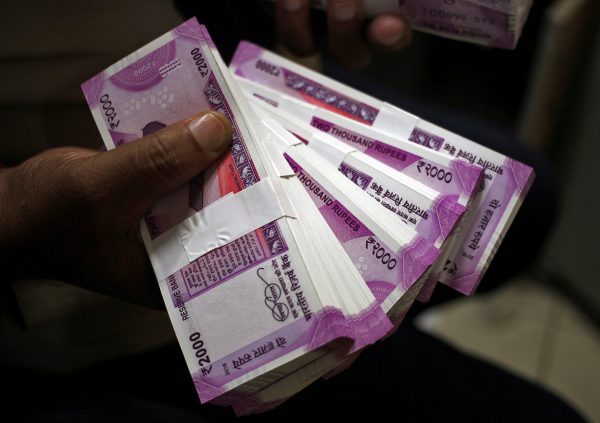Yashwant Sinha’s son and current Civil Aviation Minister Jayant Sinha has contested his father’s pessimistic outlook by invoking the Modi government’s many structural initiatives that promise to raise the economy’s long-term growth potential. They aim to do so primarily by addressing the scourge of informality in Indian labour markets.
But like John Maynard Keynes, Yashwant Sinha clearly believes that not enough attention has been paid to the current distress generated by these initiatives — most notably the distress caused by demonetisation and the introduction of the goods and services tax (GST). He is also concerned with the continuing slump in private investment, which reflects both policy uncertainty and stressed balance sheets.
This disagreement between two credible and experienced leaders can best be elucidated by reference to a distinction made by economists between policies that raise potential output (sometimes called supply-side policies) and the determinants of actual, statistically measured growth driven by aggregate demand. The difference between measured and potential output is referred to as the ‘output gap’. While conceptually important, potential output is difficult to measure.
A negative output gap describes a situation where actual output lies below accepted estimates of the real growth potential of the economy. By extension, a positive output gap describes a situation where the economy runs the risk of overheating. Commentators seeking fiscal and monetary stimulus of India’s economy implicitly believe that it is currently suffering from a negative output gap. This is despite a growing — though still manageable — current account deficit.
The above conceptual framework has primarily evolved to guide policy in developed countries. In those countries potential output is driven by growth in the labour force and trends in labour productivity. But the application of this framework is more uncertain for emerging and developing countries.
Still, the experiences of India’s East Asian peers provide some basis for believing that there are certain reforms and policies that could help India raise both productivity levels and the trend of productivity growth. A country can improve the performance of goods markets through trade and competition, can directly improve the use of factors of production — namely land, labour and capital — and can improve productivity by absorbing leading edge technology through foreign direct investment. Jayant Sinha argues that the government’s structural reforms will bring these benefits.
While recent structural changes involved some pain, reforms of this type in the absence of a crisis are never easy, especially in a democracy. Given an improving global economy and the government’s enhanced political capital during the first half of 2017, a slowing national economy provided insufficient reason to delay the introduction of the GST even after the surprise of demonetisation.
Of greater concern are weaknesses in implementation that both demonetisation and the GST have revealed. These support Yashwant Sinha’s argument. Bungles around demonetisation are perhaps particularly worrying as this was largely in the domain of the Reserve Bank of India — widely seen as the country’s most competent and professional regulator. The GST story is still unfolding, but the initial reports are somewhat dismaying. It is unfortunate that partisan politics will probably not allow a neutral assessment of both these gargantuan initiatives.
As India looks forward, moving a large share of India’s labour force out of informal employment will be a huge undertaking with lots of scope for misery and distress. With new leadership in NITI Aayog (the government’s policy think-tank) and the revival of the Economic Advisory Council to the Prime Minister, the government should develop and communicate a discussion document sketching the next steps on this journey. This will help implementation going forward.
Remarkably, the somewhat geeky debate about growth and reform launched by the two Sinhas has taken place not in the business newspapers but in India’s general dailies. This is new and important. By linking growth with employment, as well as with the imperative of India holding its own with China for strategic autonomy, Prime Minister Narendra Modi has brought sustainable, high-quality and inclusive economic growth to the centre of political discussion — where it rightfully belongs.
Suman Bery is a Nonresident Fellow at the Economic Think Tank Bruegel, Brussels, and is a former director-general of the National Council of Applied Economic Research, New Delhi.
A version of this article was first published here in The Indian Express.

